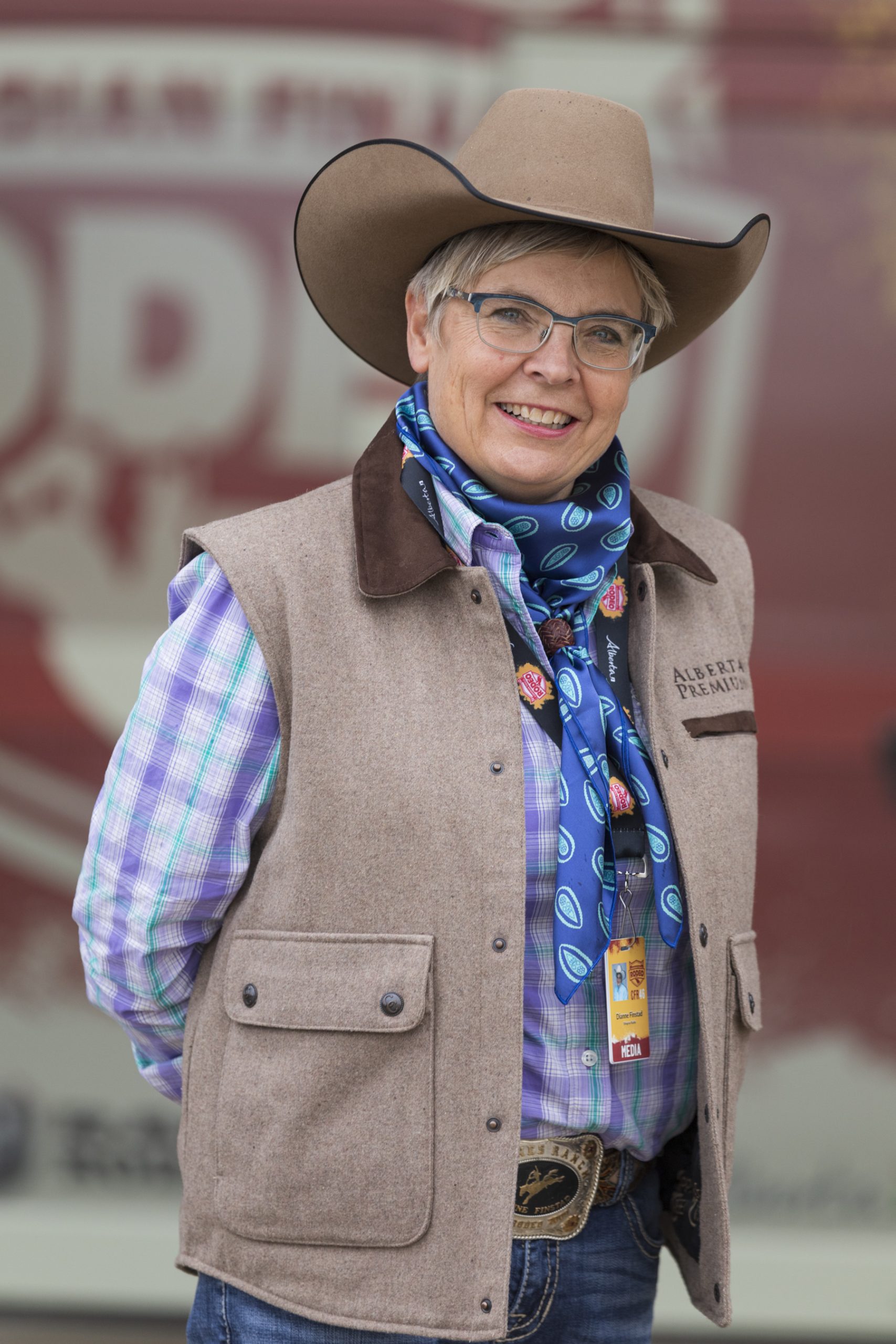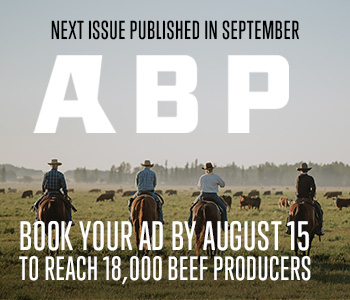AB Direct - Steers
Rail: 495.00-500.00 del
AB Direct - Heifers
Rail: 495.00-500.00 del
US Trade- Steers
Rail: ---
US Trade - Heifers
Rail: ---
Canadian Dollar
0.12

Taking the stress out of weaning? A look into UCVM research
Weaning can be a stressful time on cattle operations, as calves are separated from mother cows. It’s a natural process, but ranch realities require it be herd coordinated and sped up from what would occur in nature.
While much of the animal welfare research related to weaning has focused on calf stress and its implications on calf health going forward to the feedlot, current work is focusing on the dams to try to understand what the separation stress does to them.
As often happens in the world of research, answering one question opens the door to more.
Dr. Karin Orsel of the University of Calgary was the principal investigator on a 2020 study on the health impacts of optimized pre-conditioning of calves. While it was already established that pre-conditioning provides a healthier calf for the feedlot, the snag was who should pay for it. Feedlot operators told scientists the reality was the volume of pre-conditioned calves was too small to allow them to make up full pens, and their question was whether mingling with non-preconditioned calves diminished the benefits.
So Orsel and the team set out to find the answer in the commercial research setting of their WA Ranches living lab. They took 250 healthy calves and gave them the ‘cadillac’ pre-conditioning treatment, utilizing the best science, vaccination, and management methods. Fence-line weaning was used to minimize handling, and the steers went on 40 days of feed before heading to the feedlot pens at Olds College. Another 250 comparable calves were purchased at auction, with five various combination pens to check the mingling impact.
The study has been published, and basically showed the pre-conditioned calves always outperformed the others for health, and that mixing them with calves not pre-conditioned didn’t harm their performance.
“That answered the question of feedlots,” says Orsel. “But the challenge is always how do you convince ranchers to do [pre-conditioning] if there’s not a premium or program in place that makes it worth their while?”
In the meantime, the management of WA Ranches was so impressed with the fence-line weaning, they decided to implement it on some of their regular herd.
“What was really interesting is we’ve always focused on how the calf perceived weaning, but we’ve never really studied how the moms perceive the weaning. So that was the follow-up study in the fall of 2022,” adds Orsel.
One hundred mature cows with heifer calves were selected as the study’s test group, and three weaning methods were compared: abrupt weaning, silent weaning (nose flap), and fence-line weaning.
The parameters of fence-line weaning included a five-to-seven-day time frame where dam and calf could see and hear each other but were separated by a fence, so the calves couldn’t nurse, with the theory being the cow is motivated to wean the calf without the stimulation of suckling.
Abruptly removing cows from calves is the most common method used on ranches. The second Western Canadian Cow-Calf Survey led by John Campbell at the University of Saskatchewan (2017-18) showed more than 70 per cent of respondents use the abrupt approach.
“The calves hate abrupt weaning,” says Orsel. “There’s nothing more stressful. It’s hard on the calves, full stop. Nobody can convince me otherwise. The interesting thing is it’s not the worst perceived by cows.”
So Orsel and fellow animal behaviour researcher, Dr. Ed Pajor, director of WA Ranches, brainstormed why. Their best guess from observing other species in nature is that a mother will look and look for a lost offspring, but if they can’t find it, they turn the page and move on. That’s what they think happens with abrupt weaning.
“But the fence-line weaning that worked really well for calves, the dams really hated it, because they see their calf, they hear their calf, but they can’t get to it. They will keep trying. They will show up at the fence and bawl and bawl, and ask the calf to come out,” adds Orsel.
“So you have this interesting challenge where the different methods are perceived differently by cow and offspring. Now we have to really figure out what do we recommend to the industry? Ultimately, we want to help the calf in the feedlot. But we also want to make sure that whatever we do is worth the while of the cow-calf producer. So we’re currently analyzing our data of how the cows perceived the stress.”
That includes extensive observations of dam behaviour and stress measures like cortisol in saliva and feces.
The next question to investigate is whether the stress has an impact on future mothering abilities of the cows. Pajor started a follow-up study this spring on the same group of cows to measure how they bonded with their calves. Are there unintended consequences? Do they associate a calf with something stressful, which impacts their maternal qualities? What about replacement heifers? Another project the team would like to explore (but hasn’t yet received funding) is whether the calf in-vitro is impacted by the dam’s weaning stress.
The fence-line weaning technique is being further explored as well. WA Ranches Manager and Cow Boss Jonny and Heidi Bennett reported to the researchers the cows were so much easier to move after the fence-line weaning, compared to after an abrupt weaning. They also didn’t like the extra handling required to install and remove the nose flaps for the silent approach.
Orsel would like to get more such feedback from producers, so she’s doing a survey this fall on weaning methods ranchers choose and why.
“We want to understand if people fence-line wean, why do they do it? There must be different drivers and barriers than just money, because the money incentive is not there.”
Producers interested in participating in the weaning questionnaire can email karin.orsel@ucalgary.ca.
This article was first published in Volume 3 Issue 3 of ABP Magazine (September 2023). Watch for more digital content from the magazine on ABP Daily.


